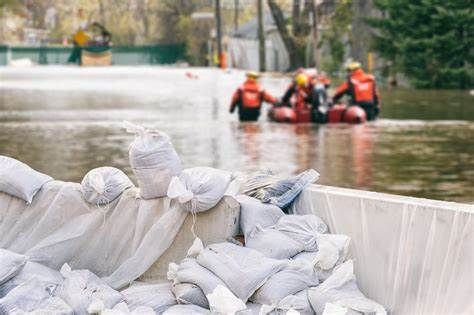
Around the world, disaster relief teams work under immense pressures. They often need to plan their actions in advance, but also be prepared to act at a moment’s notice. From natural calamities to health emergencies, disaster relief teams work in stressful environments. Often short on funds and supplies, they are not only required to think on their feet but are often pushed to think out of the box.
While they could always use more funds and volunteers at all levels, these 3 pieces of technology help them perform their work under demanding conditions.
Rugged Mobile Hotspots
A stable internet connection is imperative for disaster relief personnel. They need it to ensure uninterrupted communication between different bases, to be able to quickly find information on specific topics, and to stay in touch with their own families. Rugged mobile hotspots are one of the most important pieces of technology that teams should be equipped with. Often, the situations that disaster relief groups find themselves in require speed and adaptability. Mobile hotspots designed specifically for on-field use are easy to deploy and can boost connectivity. In addition to providing relief in the face of natural disasters and health emergencies, many teams also serve in war-torn areas. Tamper-proof, rugged mobile hotspots are designed to be used in unfavorable environments and can provide uninterrupted connectivity.
When communication is paramount, it may also be beneficial to have a backup solution. Devices such as Cradlepoint routers can serve either as a primary source of connection to the internet, or can be counted on to provide a backup or secondary means of connectivity. When seamless communication can mean the difference between a successful and failed operation, being equipped with the most reliable piece of technology is important.
Robots and Drones
While we are now more used to seeing robots and drones in everyday life, we often use them as a luxury or hobby. However, for disaster relief personnel robots and drones can make a world of difference. Useful in inhospitable terrains, assessing risks, surveying a dangerous territory, and providing logistical support, there are a lot of areas that robots and drones can be used in. Deploying these technologies helps disaster relief teams minimize danger for themselves and those they serve. Drones have assisted in a number of disasters around the world. They have done this by not simply surveying damages, but also providing relief to people impacted by calamities. Drones and robots may also be deployed in disaster zones to help predict natural disasters. Nowadays, drones are equipped with thermal imaging cameras that provide an advantage to search and rescue teams, who may be searching for people through hard-to-reach areas.
Not only do these technologies minimize impact on human lives, but they are also a cheaper and safer alternative than sending disaster relief personnel into disaster zones.
Blockchain
While still a relatively new and little-understood piece of technology, blockchain has the power to make disaster relief partnerships more seamless. You’d think that one of the biggest challenges faced by disaster relief teams is the lack of funds to support their efforts. However, organizations, governments, and individuals have demonstrated that they can come together when needed. The biggest challenge during a disaster is generally one of supply chain logistics. Blockchain allows different groups to coordinate on a common platform by having a single ledger where information can be stored. Blockchain also inspires an environment of trust, where once information is once entered, it cannot be easily changed. This is an important feature when vast quantities of aid are being transferred between communities. Blockchain also helps provide transparency to entire transactions from donors all the way to recipients.
Technology is a powerful ally for disaster relief teams. When they are well-equipped, they are better able to contribute their time and efforts to tasks that cannot be done by anyone but them.